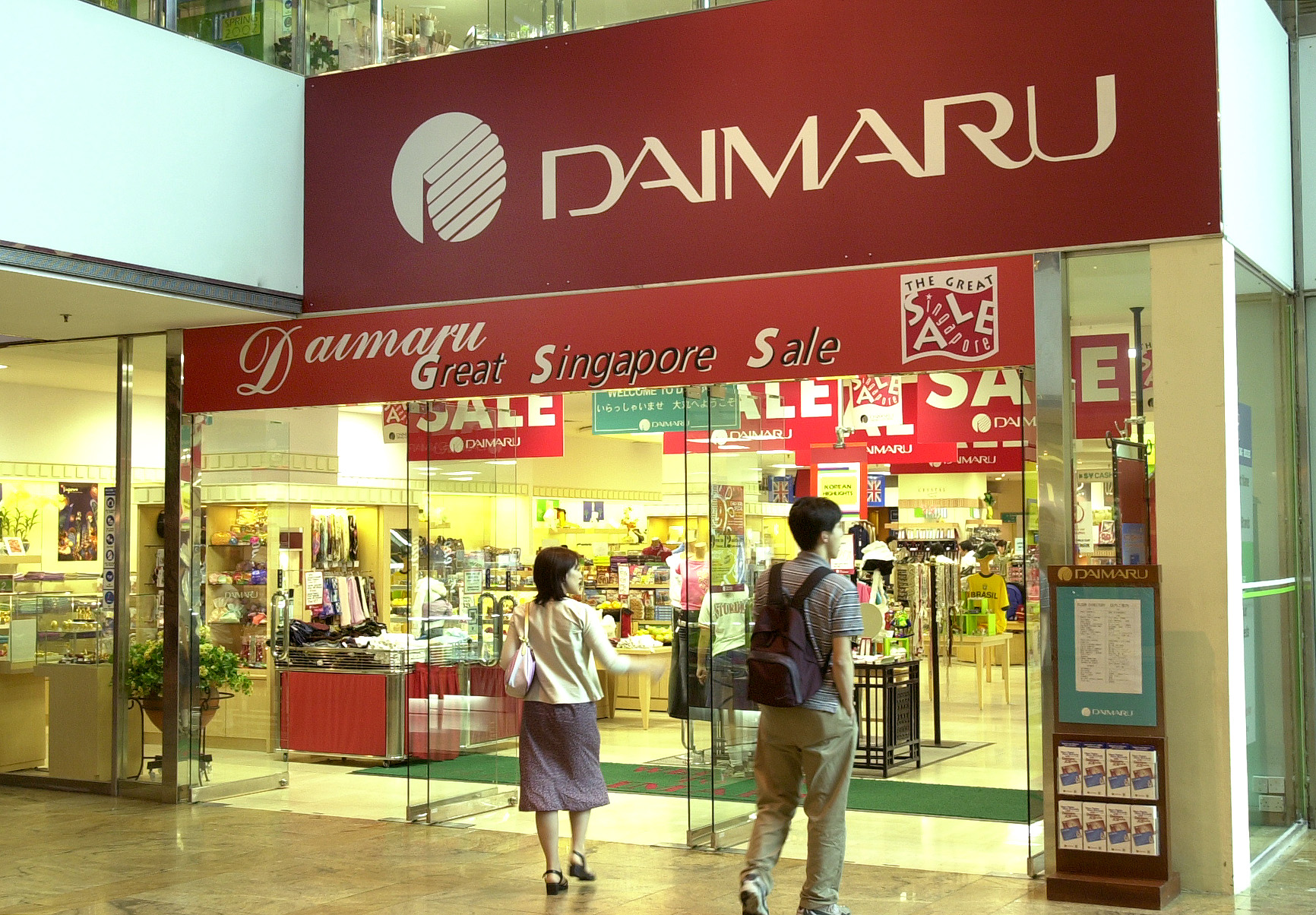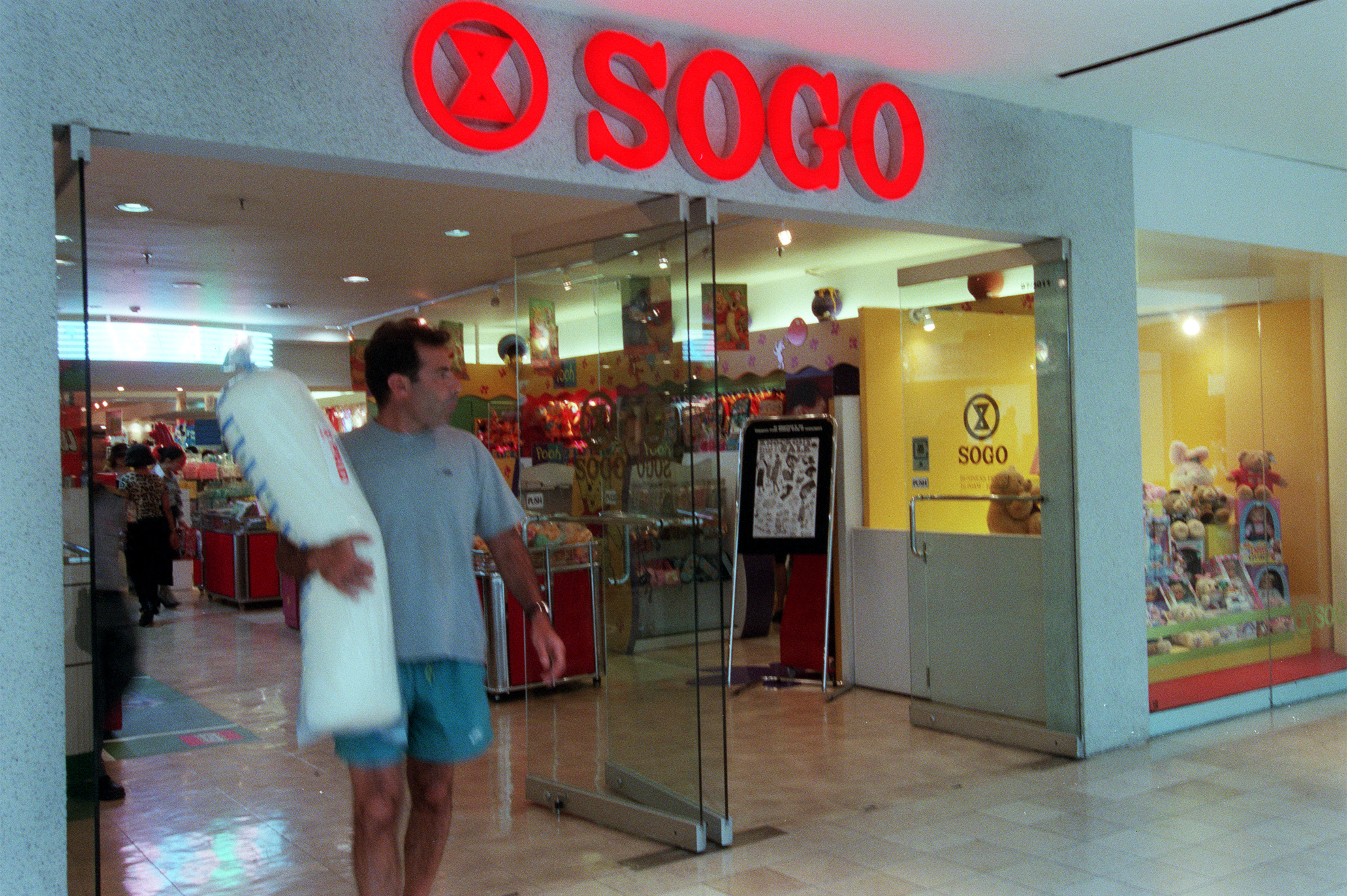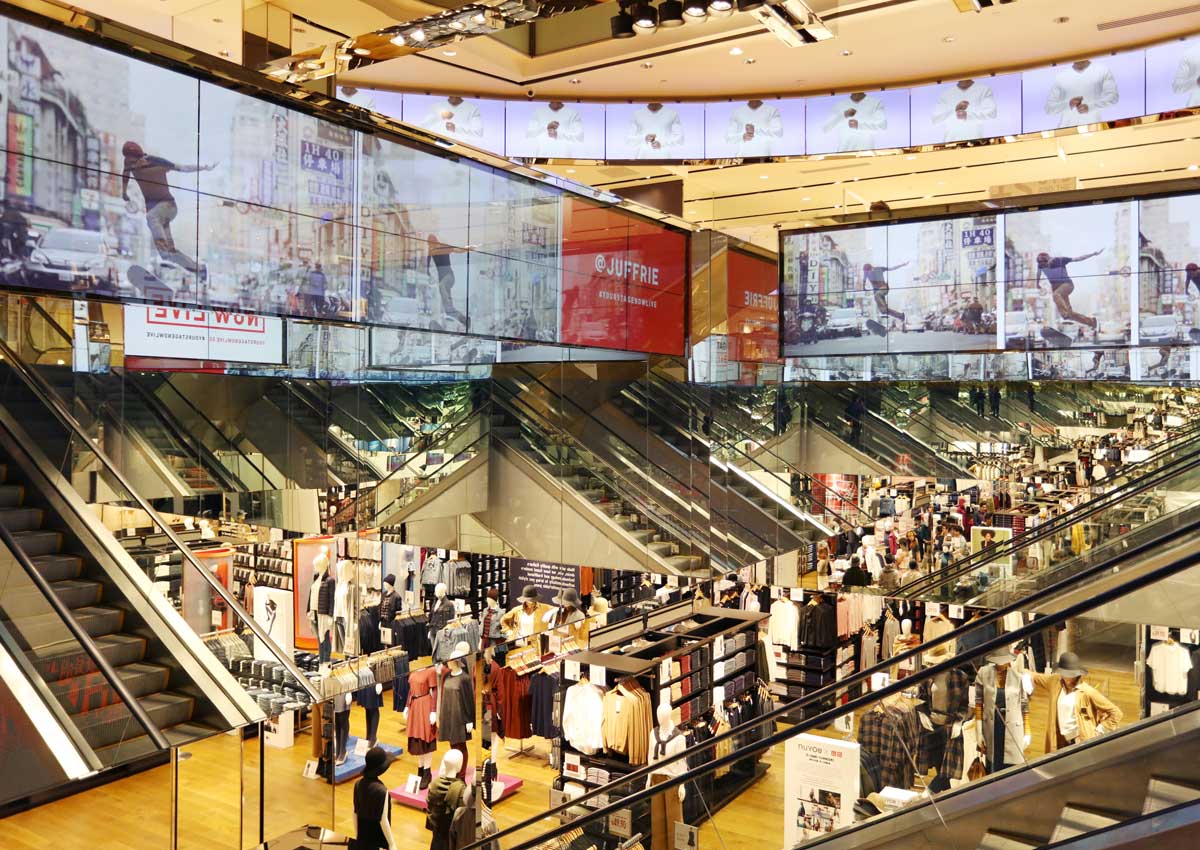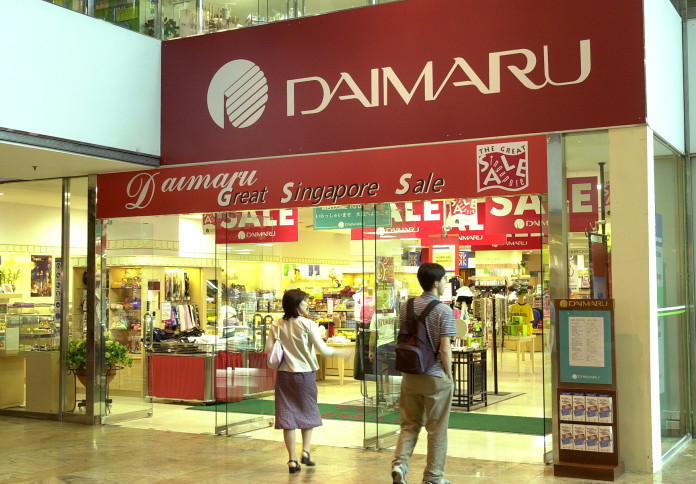Retailers here have taken a beating in recent years, with some closing for good or shutting down outlets. Yet, some are expanding. Why are they succeeding when others have failed? The New Paper’s JUDITH TAN reports.
One-stop shops are out. Experiential shopping is in.
Because of advanced technology, online shopping and changing tastes, shops must now create an environment that gets shoppers excited, say experts.
This, coupled with keen competition from pop-up stores and boutiques, seems to be why department stores have lost the plot.
Dr Lynda Wee, an adjunct associate professor in retail at Nanyang Technological University’s business school, told The New Paper that department stores are no longer the one-stop shops they used to be.
“Many have lost sight of their core customers’ wants and needs and have stopped being relevant to them,” she said.
That was probably why John Little, Singapore’s oldest department store, is closing its last outlet at Plaza Singapura by year end. The store has been operating since 1842.
At its peak in 2003, it had eight branches, including its flagship store in Specialists’ Shopping Centre. But that store closed in 2007 after more than 20 years.
Its pull-out comes amid a challenging retail environment. Estimated retail sales in August, excluding cars, dropped 6.5 per cent compared with the same period last year, with declines in most segments, including 3.9 per cent for department stores.
Singapore Polytechnic marketing and retail lecturer Amos Tan said: “Shopping today is no longer about the goods. It is about selling an experience. Retailers need to be very targeted about who they are serving.”
Dr Wee said that traditional bricks-and-mortar retailers are having trouble with the new tricks of e-commerce.
She said: “Online retailing… is accessible any time, anywhere.
“So what a clever retailer does is make shopping an emotional experience for the customers.”
Citing the examples of Uniqlo, Muji and Sephora, she said: “You do not go to the Uniqlo flagship just to buy clothes, you go to be excited. That is how Uniqlo brings customers back to its bricks-and-mortar shops.
“The enhancement of its shopping experience and the constant updating of unique product offerings are key to its success.”
Uniqlo recently opened its South-east Asian flagship in Orchard Road amid a retail slump.
The store is the casual clothing chain’s largest in the region as the brand looks for growth outside Japan to revive flagging profits at its parent company.
Highlighting Uniqlo, Muji, H&M and Zara as success stories, Dr Wee added: “These brands have also managed to engage social media and the Internet.”
Muji Singapore general manager Jasmine Sng said that with the rapid changes of the Internet environment, Muji is always finding ways to engage the customer.
“Muji started its e-commerce platform last March and has seen a healthy increase in sales over last year,” she said.
“We use Facebook and Instagram to keep customers informed of each product function, the campaign and promotions we have, and from time to time, change the posting style, or posting of videos.
“We sometimes introduce online-exclusive offers, pre-launch items and also, a fashion look book.”
The Japanese lifestyle brand has planned a new flagship store in Singapore, estimated to be around 3,300 sg m, that will have more lifestyle concepts.
Ms Sng said that Muji, unlike departmental stores, produces its own goods, and added: “We are in control of product design, quality and price. We then inform customers the reason and story behind each product.”
She said that since last year, Muji has introduced interior and styling adviser services to customers in the hope of getting closer to customers.
PARADISE NO MORE
Dr Wee said that in the 1980s and 1990s, when Singapore was deemed a shoppers’ paradise, department stores thrived because people did not travel as much and these one-stop shops reshaped shopping habits.
“Tourists flocked here to experience shopping in department stores.
“Singapore was the only place with large one-stop shops, where everything you wanted was under one roof,” she said.
“But today, there are department stores everywhere – in Bangkok, Jakarta and Kuala Lumpur. The tourists are not coming and even Singaporeans are travelling to shop,” she said.
Despite the challenges, Dr Wee said it is not true that the big boys will shut down when the economy is soft.
“Those who do not keep up with the times are gone. Others who continue to embrace change and make sure they stay relevant continue to flourish,” she said.
Mr Tan Kee Yong, managing director of AsiaMalls Management, which manages malls such as Tampines 1, Tiong Bahru Plaza and Liang Court, agreed.
“Ultimately, the brands…need to evolve to be relevant to the profile of shoppers they serve. (In a survey we did), it seemed that millennials prefer speciality stores like what we have at Tampines 1, whereas the older generation still likes to have anchor tenants, so that the whole family can find things they want,” he said.
Mr Tan said the function of malls is also changing, beyond just a place for shopping. “With more community events, malls have become a gathering place for friends and family.”
In that vein, John Little will not be a name of the past. Robinsons Group, which manages John Little, said the brand may live on as a pop-up store.
Mr Amos Tan said this might be the right move in the present climate.
“This would mean better targeting, especially at young consumers who are spoilt for choice… It makes perfect competition sense.”
You do not go to the Uniqlo flagship just to buy clothes, you go to be excited. That is how Uniqlo brings customers back to its bricks-and-mortar shops.
Growing despite retail slump
The soft economy has not dampened the expansion plans into Singapore of several retailers.
Japanese casual clothing chain Uniqlo, for example, opened its South-east Asian flagship in Orchard Road in September amid a retail slump.
Mr Taku Morikawa, chief executive of Uniqlo South-east Asia, said the 2,700 sq m store will make the retail scene here “more competitive”.
Uniqlo is owned by Fast Retailing, which reported $18.95 billion in sales last year.
Since opening here eight years ago, Uniqlo has set up 25 stores. Worldwide, it has more than 1,700 stores.
Japanese lifestyle brand Muji is also planning a new flagship store here.
Mr Masaaki Kanai, chairman of its parent company Ryohin Keikaku, said in March that the new store is estimated to be around 3,300 sq m, but he declined to reveal a specific timeline for the opening.
Apart from these Japanese stores, French beauty emporium Sephora opened its new local flagship store at Ion Orchard to much fanfare in July.
The store sprawls across more than 900 sq m and features a refreshed store concept, incorporating a boutique-within-a-boutique concept and better lighting.
Mr Mathieu Sidokpohou, Sephora’s managing director for South-east Asia, said then that he wanted the flagship store to provide a more vibrant retail experience.
DEPARTMENT STORES OF YESTERYEAR
1. SINGAPORE SHUI HING
Opened in August 1980, the Hong Kong-owned store promised a taste of New York, but failed to attract crowds. It closed in 1983.
2. YAOHAN
This was Singapore’s biggest supermarket and department store. It opened in 1974 in Plaza Singapura and, by 1983, had five branches, including in Jurong and Bukit Timah.
In 1997, its parent company in Japan went bust and its last branch in Thomson closed.
3. DAIMARU
When Daimaru opened in 1983 as the anchor tenant of Liang Court, it catered mainly to Japanese tourists and expatriates, a good strategy then as the yen was strong and the number of Japanese tourists was on the rise.

Since 1998, Daimaru has been scaling down its overseas businesses to focus more on businesses back home. It closed its doors in Singapore in 2003 after nearly a decade of low profits.
4. TOKYU
It opened its first outlet at Marina Square in 1987 and its selling points included being the sole agent of Jim Thompson Thai silk goods.
It also ran the popular Cafe Saint Germain Japanese coffee shop.
Its store in Marina Square closed after six years, and it closed Tokyu Scene at Funan Centre in 1998 after its head office went under.
5. SOGO

In 1986, it opened its first store at Raffles City, one of the busiest malls here. It also expanded to Tampines and Paragon. In 2000, it went into judicial management and closed due to the bankruptcy of Sogo Japan.
This article was first published on Nov 14, 2016.
Get The New Paper for more stories.








